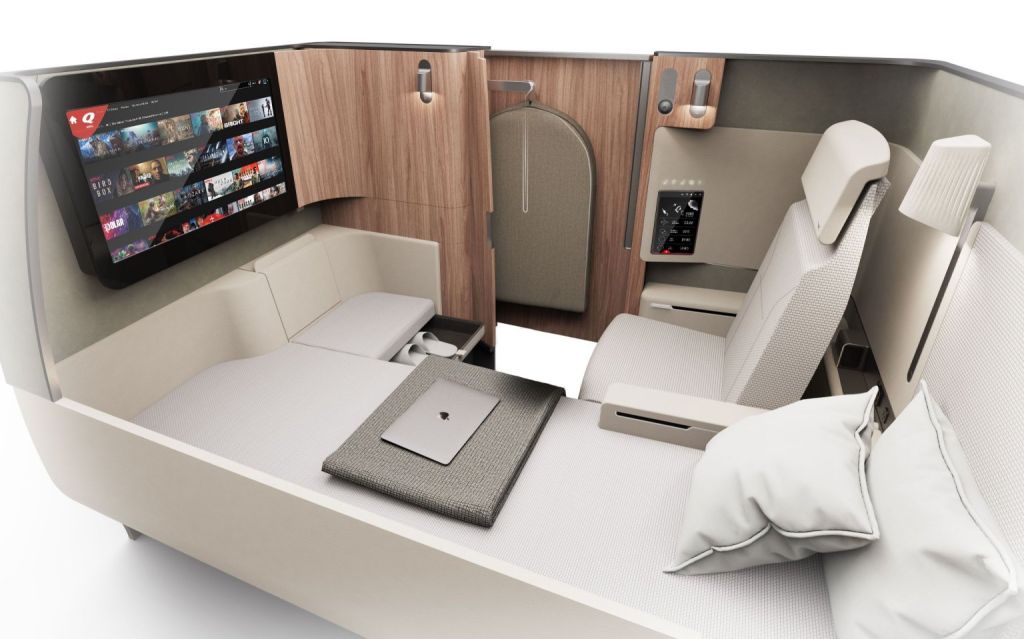Cosmic cocktails and supermoon cakes will be on the menu when Qantas launches a one-off B787 Dreamliner supermoon scenic flight to offer a limited number of passengers a closer viewing of the upcoming supermoon later this month.
It will be the second and last supermoon for 2021 and also coincides with a full lunar eclipse, making it a rare double phenomenon, with the moon expected to turn red against the night sky.
CSIRO astronomer Dr Vanessa Moss will work with the pilots to design the optimal flight path over the Pacific Ocean and also join the flight to provide insights into supermoons and all things space and astronomy.
The flight will depart from, and return to, Sydney and is the latest in a series of special flights Qantas has operated for travellers eager to take to the skies while the industry recovers.
Chief Customer Officer Stephanie Tully said Qantas is committed to coming up with unique flying experiences, especially while travel options are limited.
“We have been absolutely overwhelmed with the popularity of our special flights. The recent mystery flights sold out within 15 minutes with hundreds of people on waiting lists and they keep telling us they want more,” Ms Tully said.
“We are very excited to now be doing a supermoon scenic flight and the 787 has the largest windows of any passenger aircraft so it’s ideal for moon gazing. We think this flight has great appeal for anyone with a passion for astronomy, science, space photography, aviation or just keen to do something a little ‘out of this world’.”
The three-hour flight will depart from Sydney and begin with a scenic flyover of Sydney Harbour before climbing above any potential cloud cover and atmosphere pollution to a cruising altitude of 43,000 feet – the maximum cruising altitude of a Dreamliner – for supermoon and full lunar eclipse viewing.
The Moon will be at its closest point or perigree, coming within 357,311 kilometres of Earth at 11:50am AEST on Wednesday 26 May. The total lunar eclipse will occur between 9:11pm and 9:25pm AEST, when the Moon is 357,462 km from Earth.
The flight will operate with net zero emissions, with 100% of emissions carbon offset.








